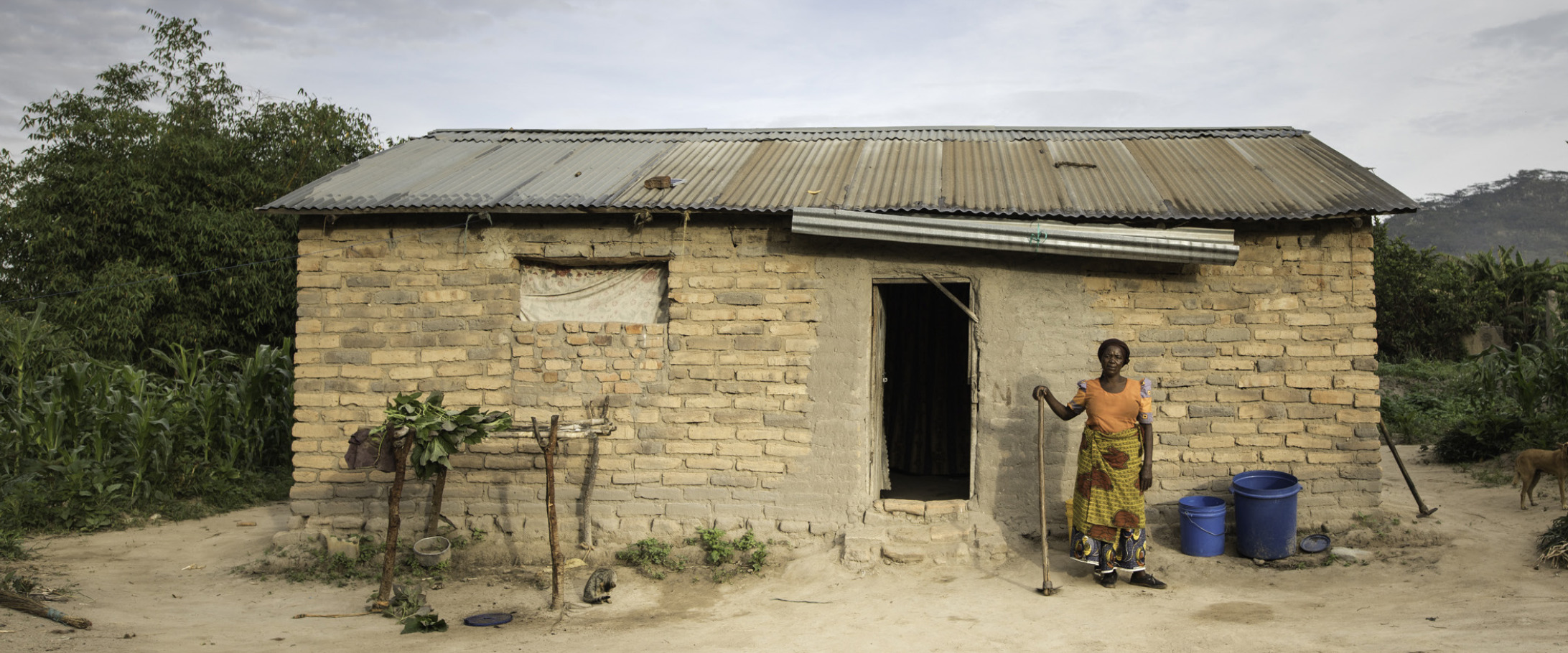[vc_row][vc_column width=”1/2″][vc_column_text]
CARE has worked in Haiti, providing emergency support and sustainable programs, since 1954.
In October 2016, the Category Four Hurricane Matthew slammed into Haiti bringing devastating 230-kilometre-per-hour winds and heavy rainfall.
CARE’s emergency teams were on the ground before the hurricane hit, helping to evacuate the most vulnerable from areas at extreme risk of storm surges and landslides. We deployed teams to remote and hard-to-reach areas, who pre-positioned vital supplies, such as clean drinking water, hygiene kits, tarps and blankets, to help communities weather the storm.
A nation already suffering from intense poverty, Haiti is still rebuilding following the massive earthquake that hit in 2010. One of the worst disasters in modern history, over 220,000 people were killed and another 300,000 injured.
CARE responded immediately to the earthquake crisis, providing food, shelter, clean water, sanitation and medical care to those most in need. Where emergencies strike we continue to help people rebuild their lives and restore their livelihoods in the years following the event.
Your support could help us provide essential supplies to families in Haiti, a country that’s been trying to recover since the devastating earthquake almost a decade ago.[/vc_column_text][/vc_column][vc_column width=”1/2″][vc_column_text css=”.vc_custom_1482275232877{padding-top: 10px !important;padding-right: 20px !important;padding-bottom: 20px !important;padding-left: 20px !important;background-color: #eaeaea !important;}”]
Fast Facts
Population: 10.49 million
Life expectancy: 63.8 years (61.2 years male, 66.4 years female) (2016 est.)
Infant mortality: 48.2 deaths/1,000 live births (2016 est.)
Under-5 mortality*: 69 deaths/1,000 live births (2015 est.)
Maternal mortality: 359 deaths/100,000 live births (2015 est.)
Adult literacy rate: 60.7% (64.3% male, 57.3% female) (2015 est.)
Access to improved drinking water: 57.7% (64.9% urban, 47.6% rural)
Access to improved sanitation: 27.6% (33.6% urban, 19.2% rural)
Labour force participation rate^: 71% male, 61% female (2014 est.)
Percentage of seats held by women in national parliament^: 0%
GDP per capita: $1,800 (2015 est.)
Source: CIA World Factbook, *UNICEF, ^World Bank[/vc_column_text][/vc_column][/vc_row][vc_row][vc_column width=”2/3″][vc_column_text]
Six years on from the Haiti earthquake
In the six years that followed the earthquake, CARE worked with communities to:
- deliver life-saving food, water, shelter and other vital services to more than 290,000 Haitians
- provide 1.1 million cubic metres of chlorinated water to more than half a million people
- reach over 183,000 people with electronic food vouchers totaling $7.8 million benefitting local economies
- provide nearly 40,000 children with school kits and 741 teacher kits to quickly get children back in the classroom.
[/vc_column_text][/vc_column][vc_column width=”1/3″][care_singledocument document=”10350″][/vc_column][/vc_row][vc_row][vc_column width=”1/2″][care_articleslideblock loop=”by_id:10360″][/vc_column][vc_column width=”1/2″][vc_video link=”https://www.youtube.com/embed/78N88TlNbiI”][/vc_column][/vc_row][vc_row][vc_column][care_linkeddocuments numberposts=”4″ maintitle=”Other Resources and Highlights”][/vc_column][/vc_row][vc_row][vc_column][vc_column_text]
Banner image ©Evelyn Hockstein/CARE
[/vc_column_text][/vc_column][/vc_row]
